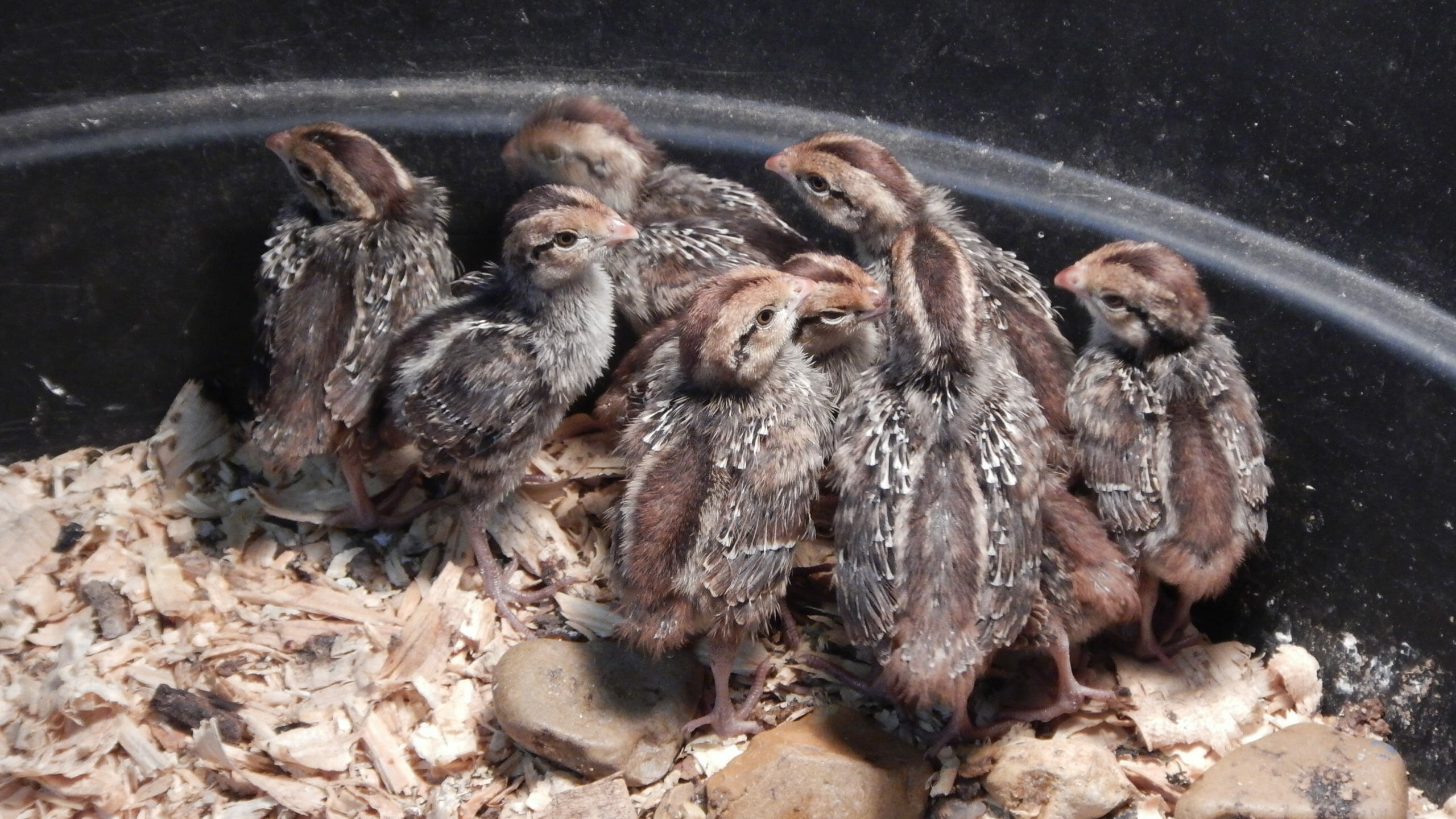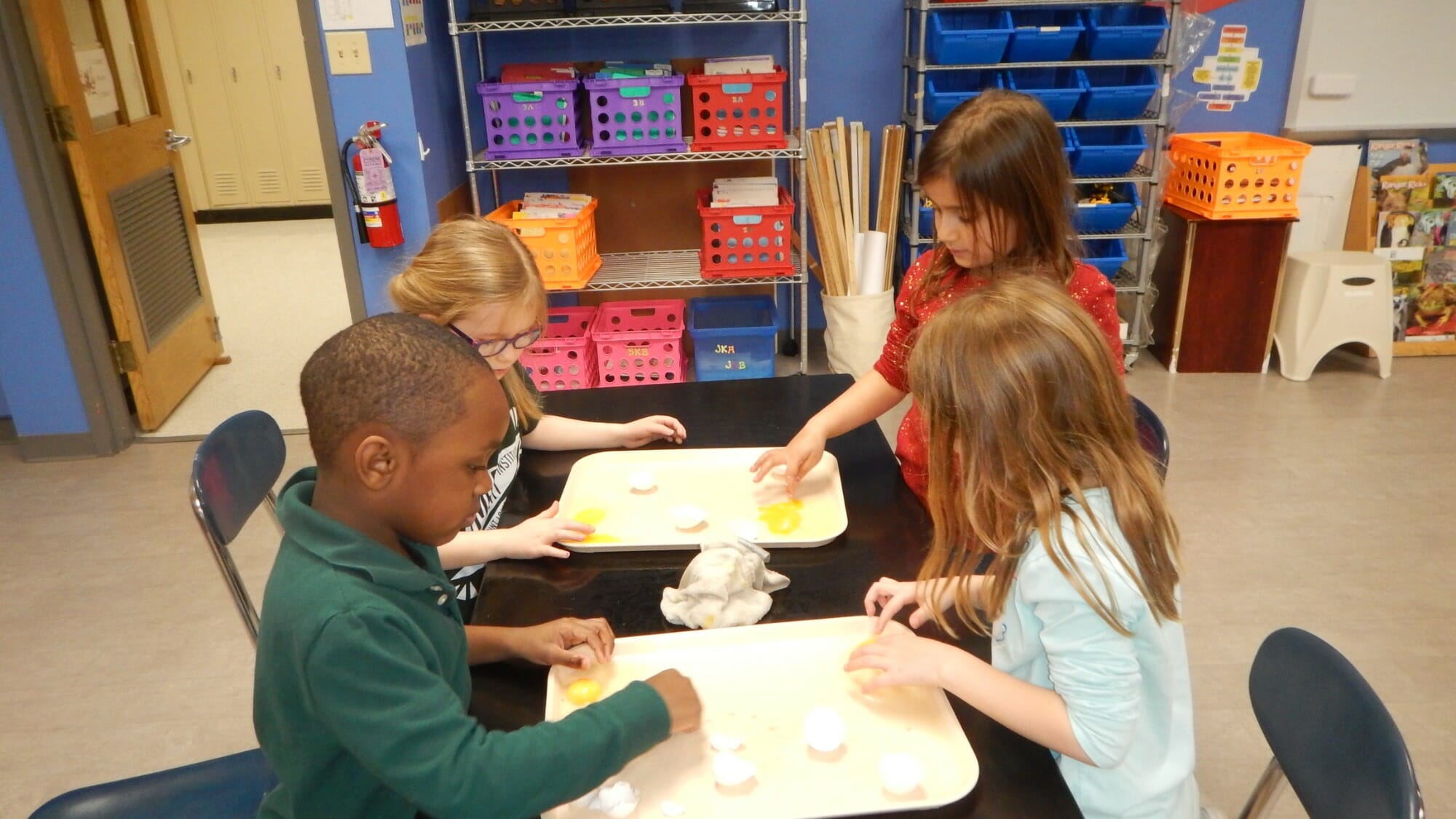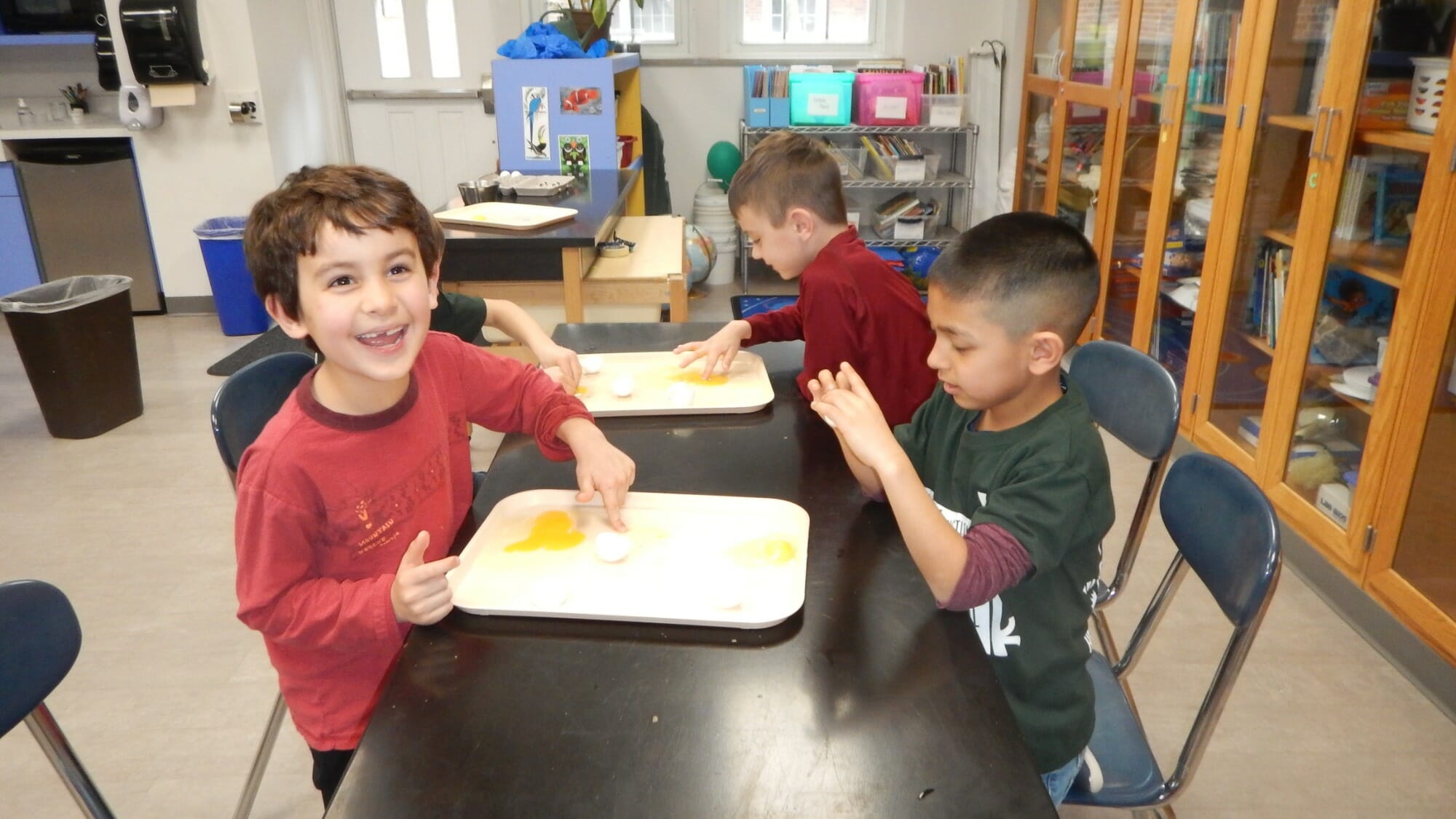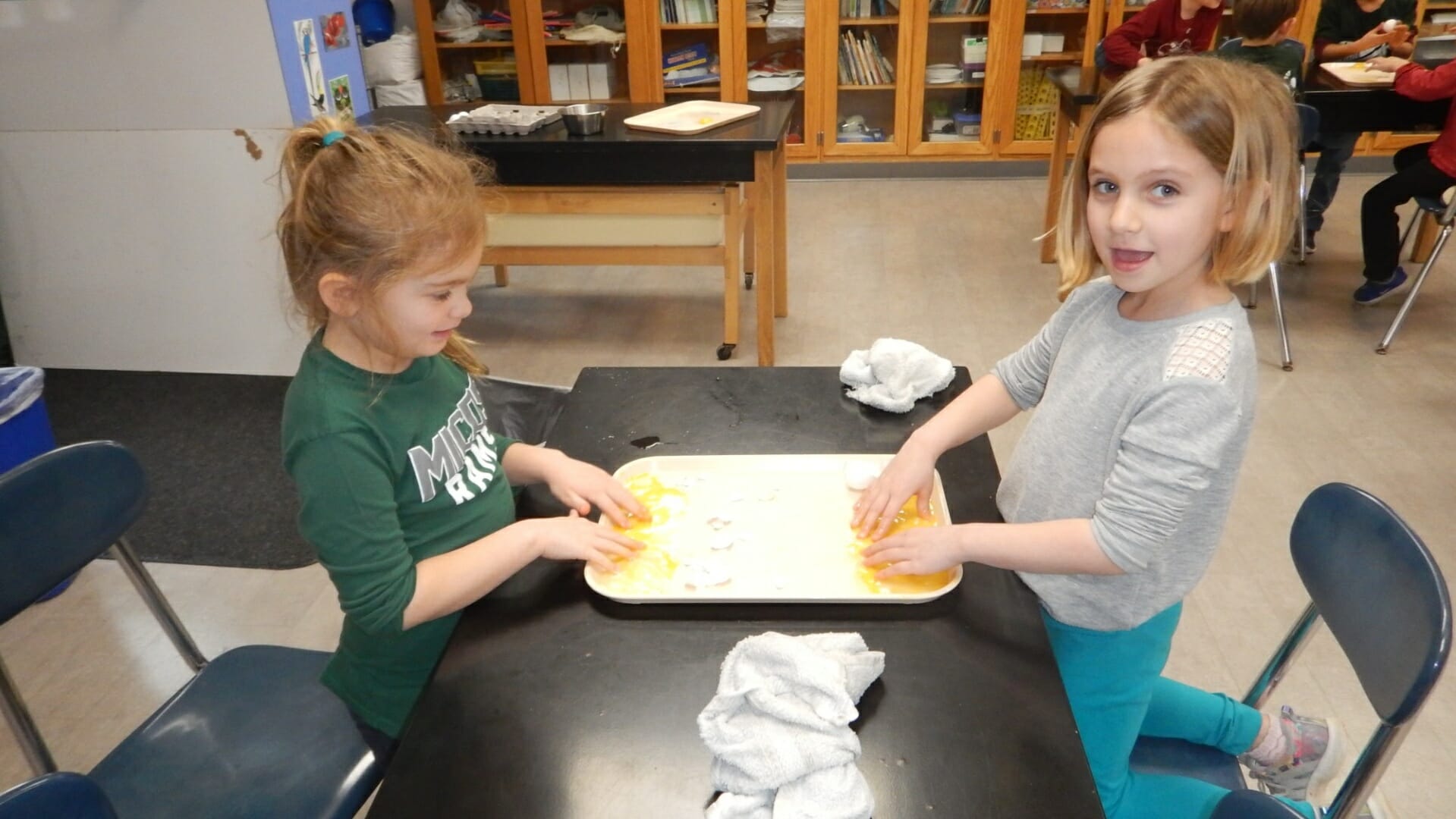Senior Kindergarteners have been learning about plants and animals in science class, and one of the highlights of this learning unit is upon us: baby quail time!
Overall, the learning goal for the unit is to use observations to describe patterns of what plants and animals need to survive. Before spring break, students dissected and investigated chicken eggs to learn about the different parts and functions of an egg.
Lower School Science Teacher Christy Moore also shared with them that quail eggs would hatch into baby quails, likely towards the end of spring break. Sure enough, nine of the twelve quail eggs hatched into adorable baby quails.
One of the first distance learning assignments for SK scientists was to watch a video of the baby quails (below) and observe how they huddle together for comfort. Students also had the honor of suggesting quail names. Moore put all the names in a hat and randomly selected nine: Nique, Snuggles, Fuzzy, Launchpad, Curly, Rex, Posie, Flash and Fluffy. Well, Fluffy was suggested by five students so that one was a given!
Moore reports, “Every day I go to campus to feed the quail and give them fresh water. They will stay inside for about a month. Next week they are going to move to their bigger indoor enclosure called a Peck and Play, which is made for chickens and works really well for little quail. They have started sprouting their flight feathers and need to practice flying. After they are big enough, I will move them in their Peck and Play to the courtyard to get acclimatized to the outdoors before releasing them to the wild.” See below for the latest video updates.
Although the distance learning environment creates some unique challenges to this learning unit, Moore has adapted the curriculum so students can continue to learn about and observe the young quail. She will provide weekly video quail updates with different ideas and scientific questions. For example, she plans to ask the students to give advice to the quail on staying safe, and she plans to challenge the students to act out an observed animal behavior. It will be a new teaching and learning experience, but one thing is for sure – students will cheer (from afar) for the quail to succeed in flight!



